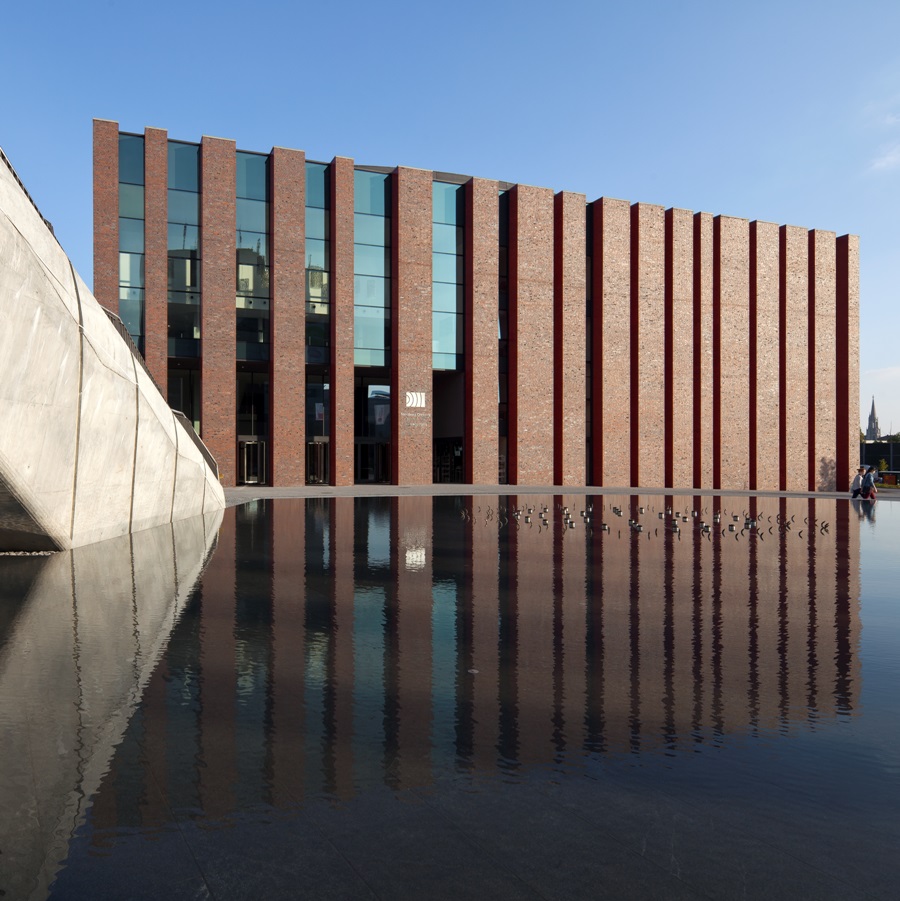NOSPR
The finals of the EU Contest for Young Scientists (EUCYS) took place at the headquarters of one of the most important Polish symphony orchestras. The Polish National Radio Symphony Orchestra, located in Katowice, has gained an international reputation over almost a hundred years thanks to performances in the most important concert halls in the world and cooperation with the most outstanding artists.

NOSPR | Photo by NOSPR
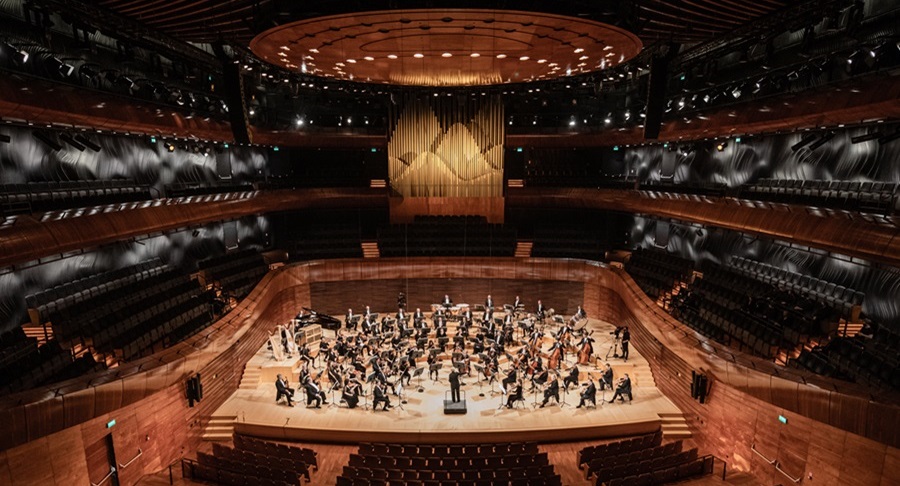
NOSPR | Photo by Radosław Kaźmierczak
Porcelain Factory
Contest participants had the opportunity to visit one of the most distinctive places in Katowice, the Porcelain Factory – a modern complex located in revitalised buildings from the 19th and 20th centuries in the Zawodzie district. They were given a guided tour combined with a porcelain painting show, in addition to a meeting with the special guest of EUCYS 2024. As the first facility of this type in the region, the factory constitutes an attractive industrial heritage of the Silesian Voivodeship.

Porcelain Factory | Photo: Porcelain Factory
The tradition of porcelain production in Upper Silesia dates back to 1920. In the 1930s, electrotechnical porcelain, figurines and dishware for Polish embassies and military units began to be produced here. Since 2012, the complex has been known as Park Przemysłowo-Technologiczny ‘Porcelana Śląska Park’ (Industrial and Technology Park ‘Silesian Porcelain Park’), and it is managed by the Giesche Foundation – the name of which refers to the company that owned the facility in the 1920s. The porcelain produced here today is marked with the words ‘Porcelana Bogucice’ (Porcelain Bogucice), as well as the ‘Giesche’ mark as part of the collector’s series.
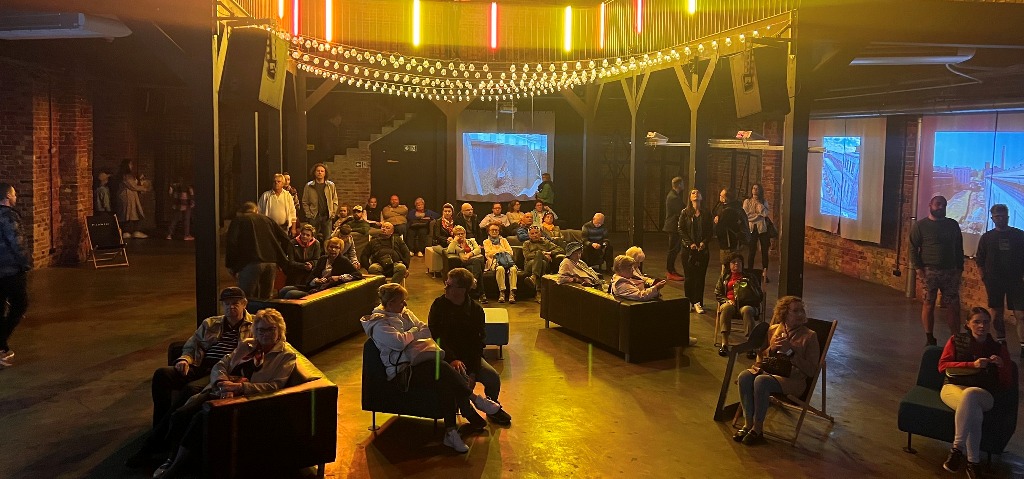
The Night of Museums in the Porcelain Factory | Photo: Porcelain Factory
Nowadays, the Porcelain Factory hosts cultural and educational meetings and events. Silesian Porcelain Park provides office and service space for rent. It is also the place where several
creative and IT companies have their headquarters. Thanks to the rich tourist, cultural and service offer, the complex is visited by numerous guests from all over the world.
Planetarium – The Silesian Science Park
The EUCYS 2024 finals have been an opportunity for participants to look up at the stars during a night sky viewing and visit the exhibition of one of the most modern science parks in the world: the Chorzów Planetarium - Silesian Science Park. The facility offers a lot of interactive attractions that allow you to learn more about seismology, meteorology and astronomy.

Planetarium | Photo: Planetarium

Inside the main building | Photo: Planetarium
Silesian Museum
The closing gala of the contest finals and the awarding of prizes to the winners took place at the Silesian Museum – a place of dialogue between the past and the present, between culture and industry. Together with concert hall of the Polish National Radio Symphony Orchestra and the International Congress Centre, the Silesian Museum creates the Culture Zone, the centre of the city’s cultural life.
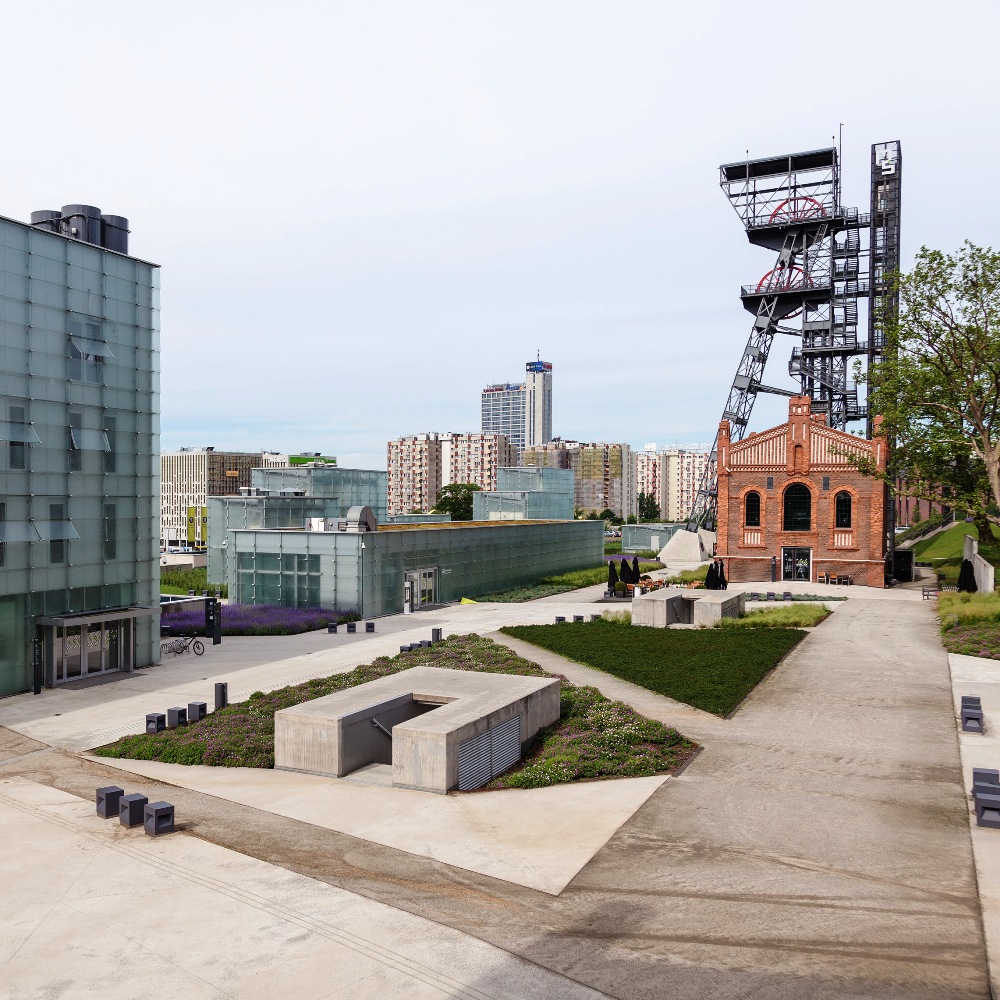
Silesian Museum | Photo: Rafał Wyrwich
The Silesian Museum was established in 1929 on the initiative of the Silesian Land Society. Over the years, the Museum’s headquarters have been changed couple of times to finally be located in a complex of buildings on the site of the former ‘Katowice’ Hard Coal Mine. The mission of the Museum is to collect the intellectual, artistic and industrial heritage of the region in order to explore it on a deeper level. The main, seven-story building has its three levels located underground, where you can see, among others, Gallery of Polish Modern Art 1800–1945, Gallery of Silesian Sacred Art and Gallery of Non-Professional Art. One of the most popular exhibitions of the Museum is ‘The Light of History. Upper Silesia Over the Ages’ exhibition, which allows visitors to trace the history of Silesia from its earliest times to the year 1989. The museum complex also includes revitalised post-mining facilities including a former engine room building, a clothing warehouse, a carpentry shop and a main bathhouse.
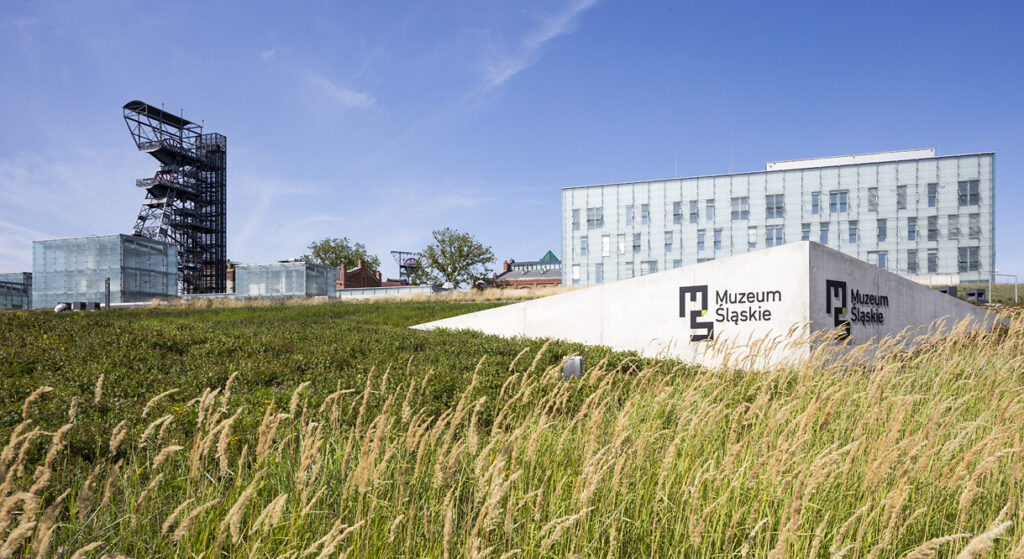
Silesian Museum | Photo: Marcin Czechowicz
Guido Coal Mine
During their stay in Silesia, the EUCYS finalists took the original lift down to the underground world of a now closed hard coal mine – the Guido Coal Mine, which is part of the Coal Mining Museum in Zabrze. During the tour of the former miners' workplace, young scientists got acquainted with historic mining machines.
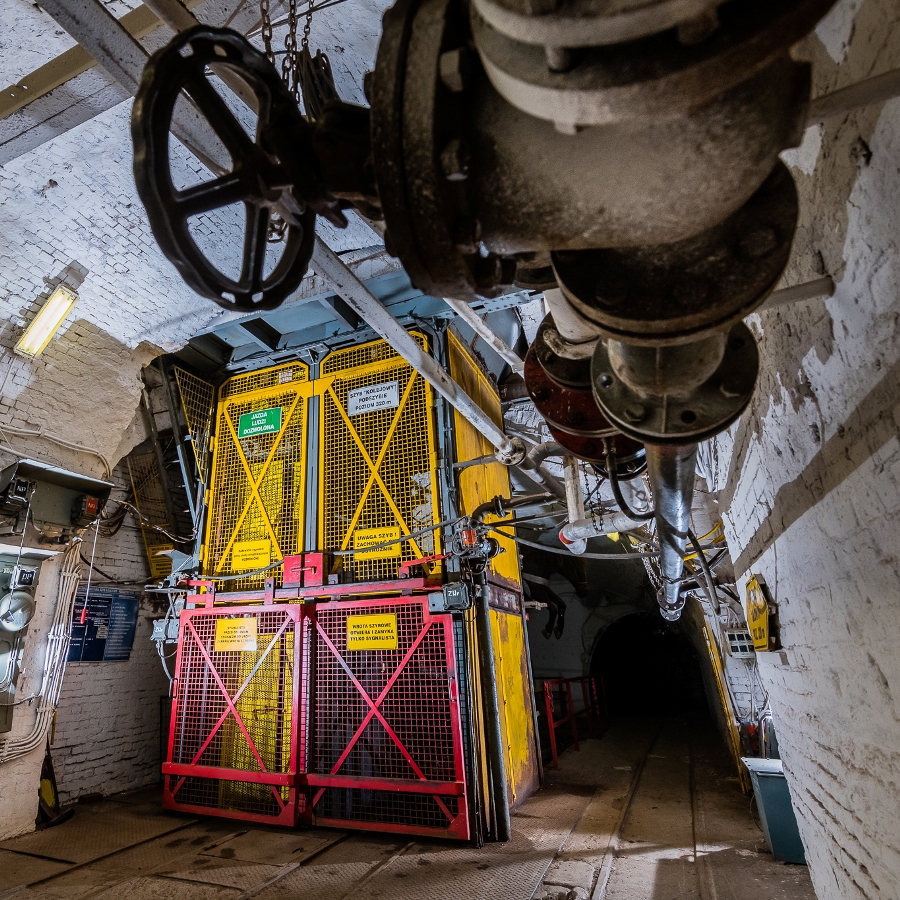
Photo: Guido Coal Mine
Guido Coal Mine, which is one of the largest tourist centres in Europe, owes its name to Count Guido Henckel von Donnersmarck, who founded the mine in 1855. After several decades of dynamic operation and as a result of the exhaustion of coal deposits, the importance of the place faded and in the 1980s it became an underground museum. Guido has three sightseeing programmes to offer: Underground Mining Walk, Darkness of the Mine (expedition to the deepest and darkest regions of the mine) and Underground Shift (the opportunity to play the role of a miner and experience working in a mine). In addition, on the site of the former mine visitors can find the Guido Hostel and the K8 Zone – a modern space for culture, business and entertainment, where events, trainings, conferences and small meetings are organised. The offer also includes an underground school for children and teenagers, full of various attractions.

Photo: Guido Coal Mine
